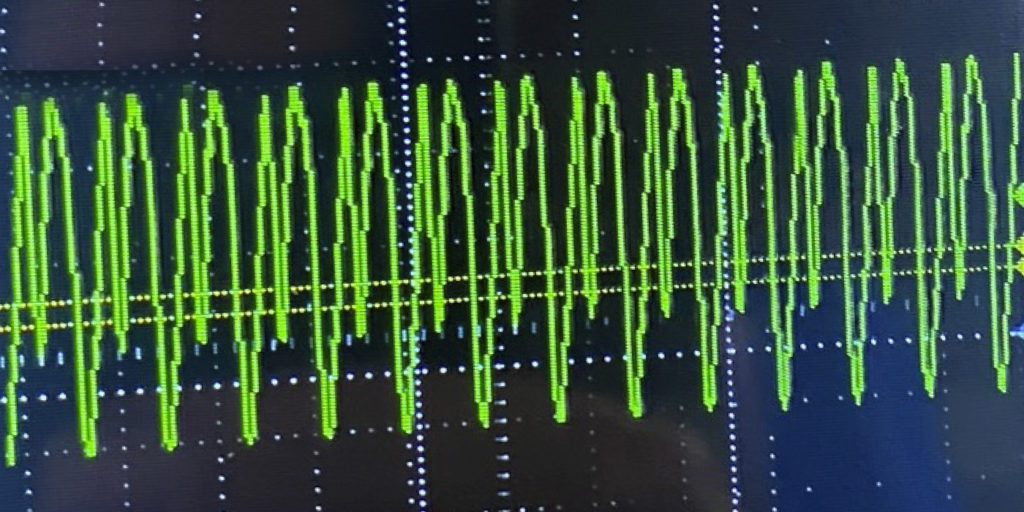Article courtesy Underhood Service.
Reflashing or reprogramming has become a required skill for more and more repairs. Early reflash procedures were short, and the amount of code exchanged was small. Today, there are more modules and larger files, changes that have increased the demands on a vehicle’s battery and external power supply.
Most vehicles and reprogrammers have a specific range of system voltage for the reprogramming procedure to take place. If the system voltage is too high or too low, the best result is that the reflash procedure is aborted. The worst-case scenario is that module is damaged and becomes a brick.


A power supply to keep the system voltage consistent is a required piece of equipment to perform a reflash procedure. Trying to make do with a battery charger or jumper pack can cost you more than the price of a reflash power supply.
Why You Should Not Use A Battery Charger
A traditional battery charger is regulated with a thermal breaker and can supply more than 50 amps of power. When the current flows from the charger to the battery, that thermal breaker heats up and opens a switch that turns off power to the vehicle. When it cools, power is switched back on. This prevents the charger from overheating and overcharging the battery. Turning the power on and off does not maintain a constant system voltage.
A “digital” or “smart” battery charger measures the internal resistance and state of charge voltage of the battery. This type of charger will not keep the system voltage constant.
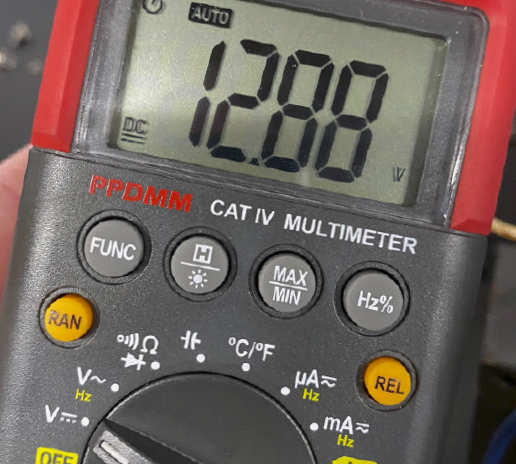
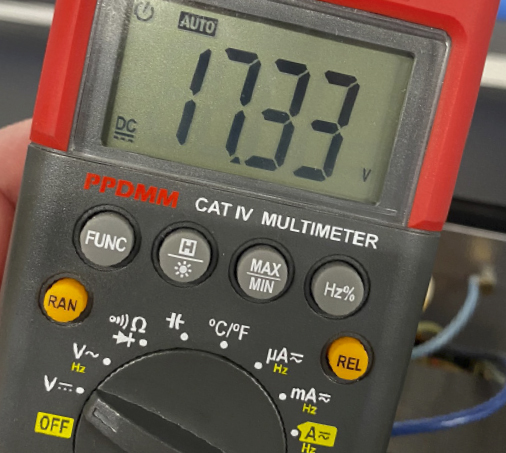
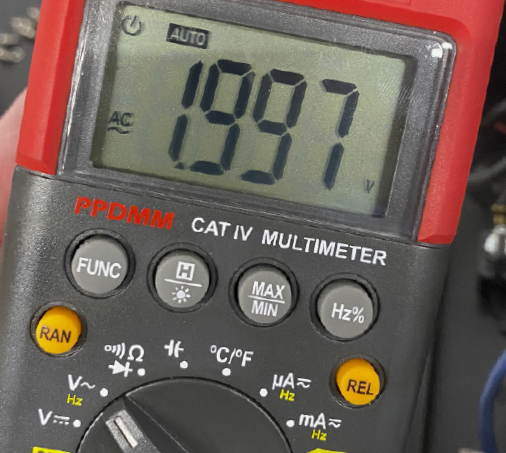
Both types of chargers have the same problem: the power is not clean DC. Due to the type of transformers inside, A/C power contaminates the DC power. Having a little AC in the power feed is okay when you are charging a battery. But during a reprogramming session, it can cause problems with the data being transferred from the OEM’s servers.
If you look at the AC power on a scope, the power cycles between positive and negative peaks. Some call it a ripple. If you cover the negative peaks and just leave the positive peaks, the rapid switching of power looks a lot like the binary communication of ones and zeros. If you have this stray AC voltage when a module is being programmed with a J2534 device, those extra voltage peaks can garble the code.
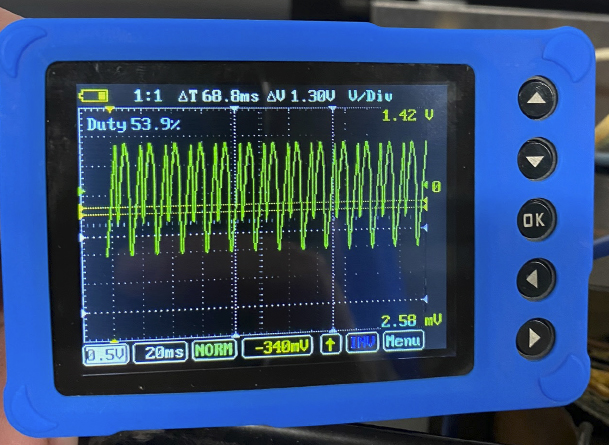
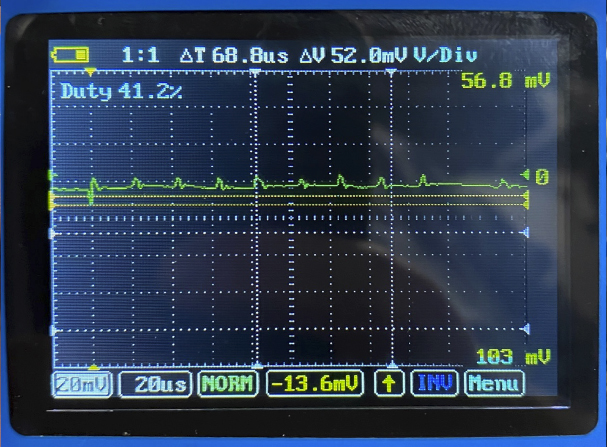
The other consideration is the amount of current required during a reprogramming procedure for an extended period. BMW recommends that a battery maintainer is able to deliver at least 70 amps for short periods. Sure, some battery chargers can crank out 70 amps, but how a battery charger delivers the current can fry a battery.
Why You Can’t Use a Jump Pack
If you have a jump pack or box at your shop, it might work for some vehicles. Battery or jump packs don’t have AC voltage problems and, in theory, can keep up with short high current demands. For some minor reprogramming procedures, Honda advises the use of the battery jumper pack to maintain the system voltage above 12 volts. But not all jumper packs are the same.
Newer jumper packs are not designed to output a constant 12 volts. Some are designed to deliver the maximum current output when it senses the starter is engaged on a dead battery.
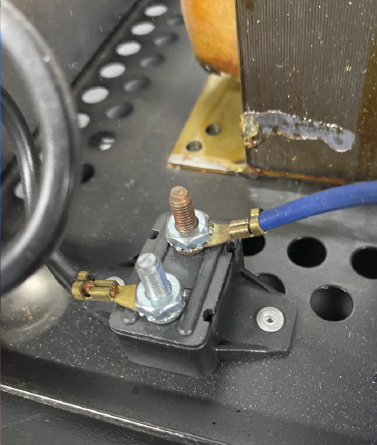
The biggest issue with battery packs is that you can’t control how long you can keep the system voltage at a set level for an undefined period for a reflash. Also, some OEM procedures require more than 13 volts.
Why are reflash or reprogramming power supplies so expensive?
A reflash power supply is not designed to charge a battery or jumpstart the vehicle. A reflash power supply is designed to keep the system voltage in a specific range during the entire procedure. It is computer-controlled and regulated. The power inverter takes 120 volts AC to clean AC voltage that can be set to a specific voltage depending on the vehicle. Most of all, a reflashing power supply can keep the system voltage indefinitely.
When reflashing and reprogramming became a required service more than 20 years ago, the reflashing power supply was a dealership tool. The early power supplies were 30- to 50-amps. As the number of modules increase with every new model year, the power requirements for reflash power supplies have also increased. Some late-model vehicles may require 70- to 100-amps from the power supply during the reprogramming procedure. The reason for the increase in current requirements is because some components are actuated as part of the reprogramming and possible recalibration procedure.
A reflashing power supply can be used for diagnostics. Instead of starting the vehicle or running off the battery to perform a test, you can use the power supply.

